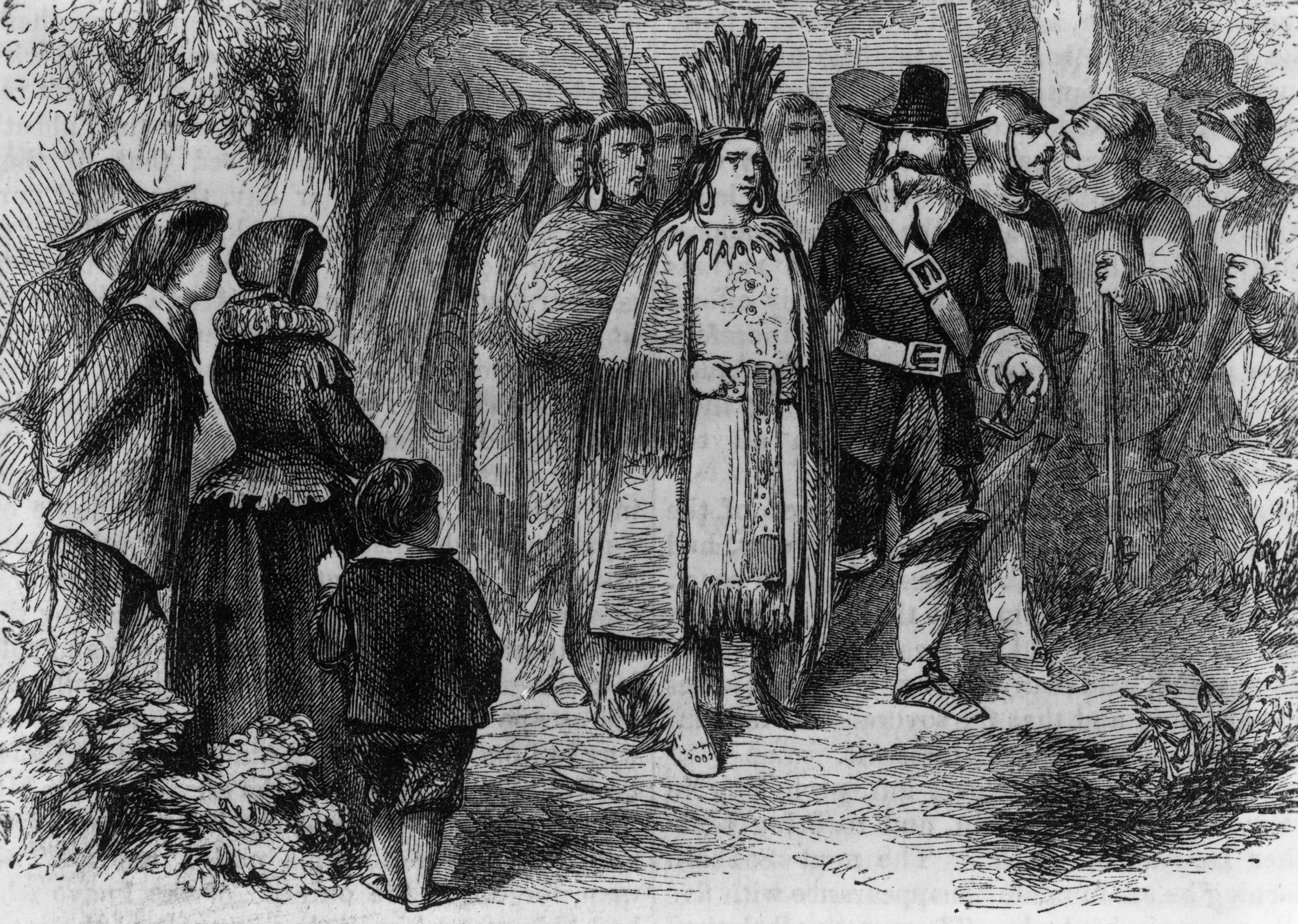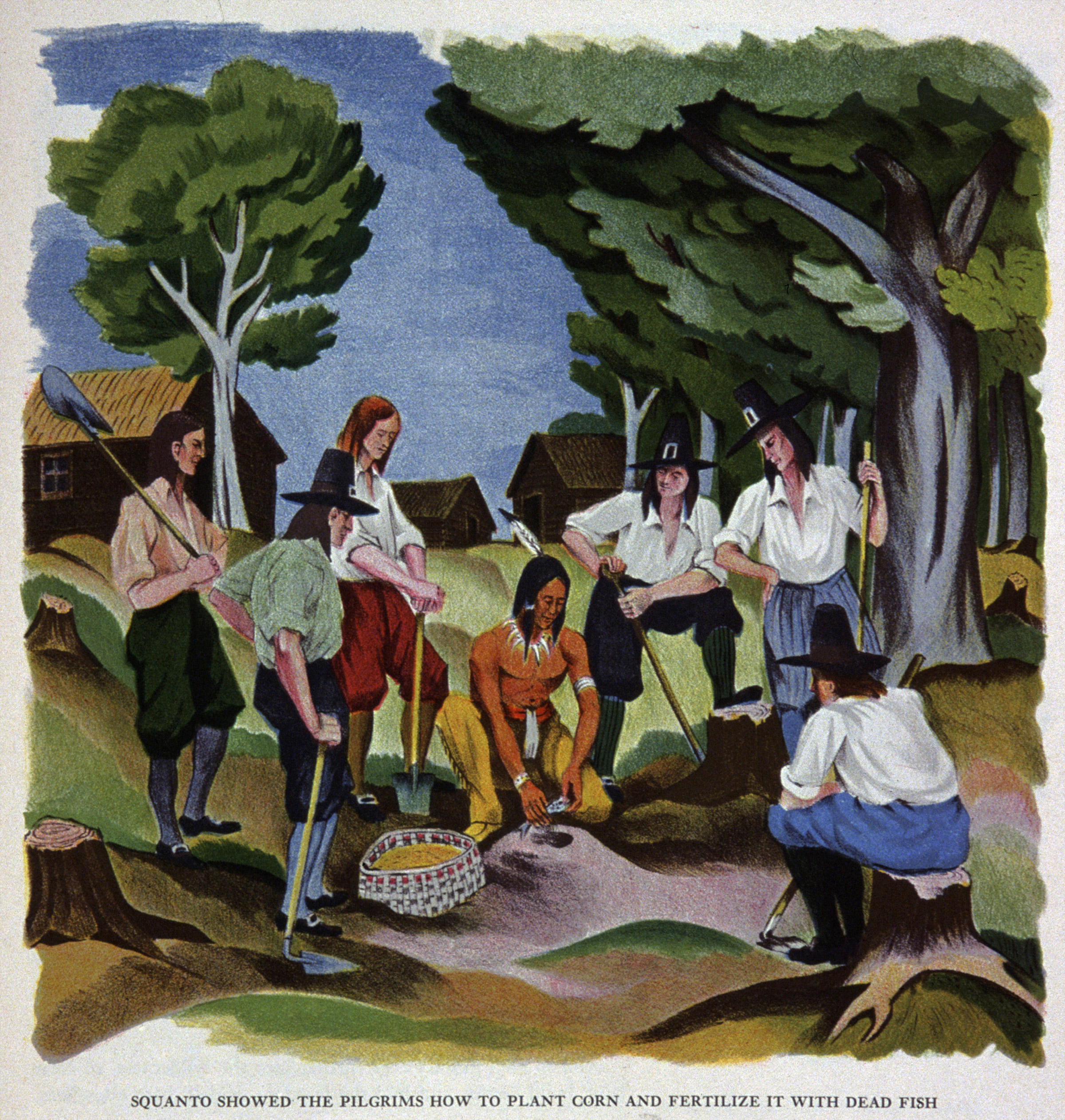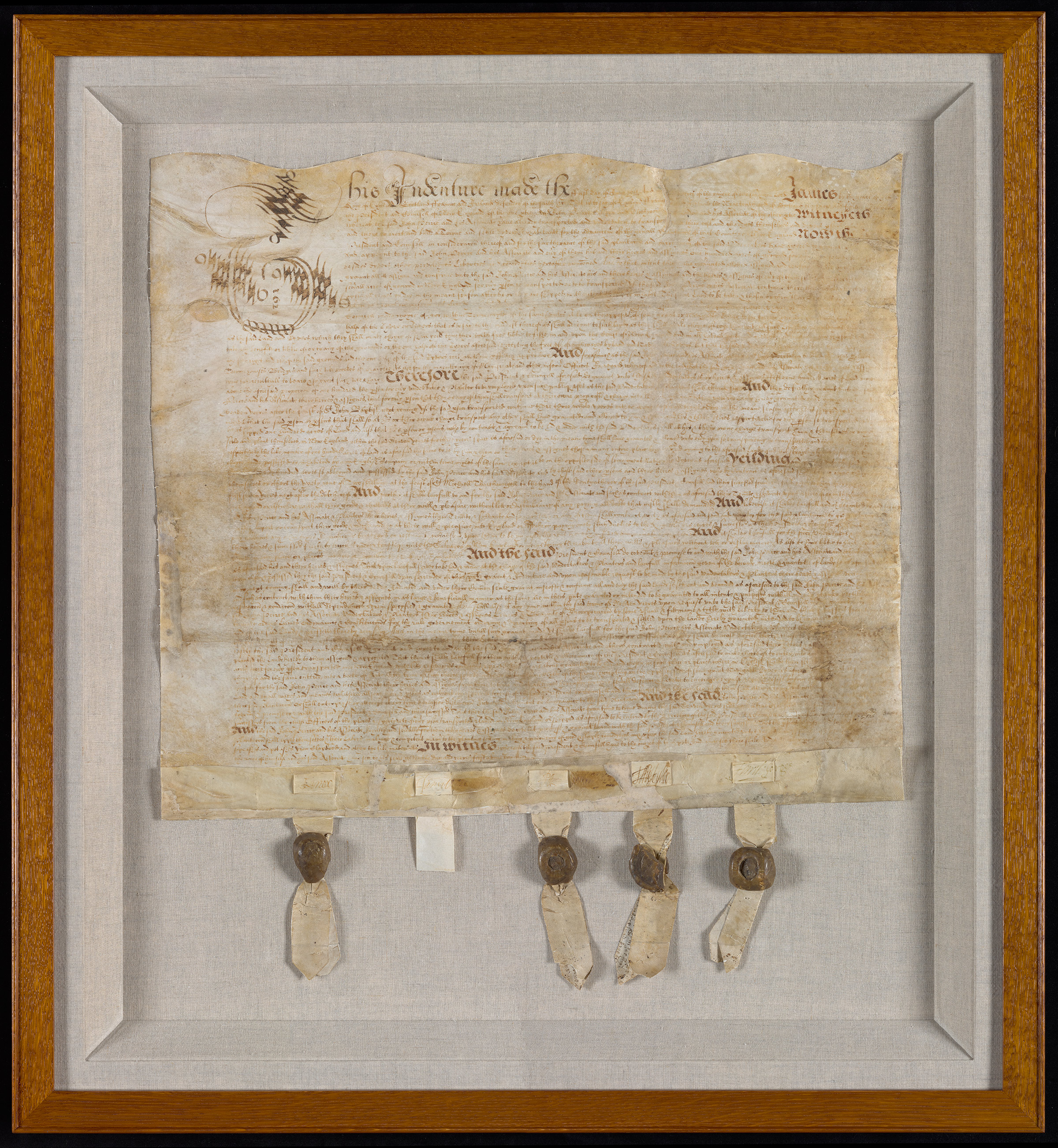
On a September day in Plymouth, southwest England, a ship set sail. The day was Sept. 16, 1620, and the vessel was the Mayflower. Its passengers and their voyage would soon secure their place as an indelible part of American history. Now, 400 years later, in another September in Plymouth, the facts of that story are coming in for a reexamination.
The Mayflower story taught to generations of American schoolchildren goes something like this: The ship’s arrival in Cape Cod, Mass., that November, was the start of British colonization in the Americas. Those onboard were pilgrims, migrating from Europe as a result of religious persecution; they created a new Plymouth in Massachusetts, overcame adversity and eventually celebrated the first Thanksgiving. But that is only a fraction of the true history. The Mayflower’s passengers were not all pilgrims and 1620 did not mark the start of British colonization, nor did the 1621 Thanksgiving event mark a happy ending when it came to the settlers’ impact on the Indigenous Wampanoag people, who had been living on that particular part of the land for thousands of years.
“Quite honestly, the Mayflower story can’t be told without the inclusion of the Wampanoag perspective,” says Paula Peters, a Wampanoag historian living in the community of Mashpee, Cape Cod. For the anniversary of the Mayflower’s journey (which began 400 years ago Wednesday according to modern calendars, though the date was recorded as Sept. 6 at the time), she has been advising organizers of anniversary activities on both sides of the Atlantic about how to properly incorporate this often overlooked perspective.
One result of that collaboration: a new exhibition in the U.K. that acknowledges the impact of the Mayflower on Native American communities. While many Americans have begun to grapple more in recent years with the Indigenous perspective on their history, the U.K. has in many ways been slower to address its own role in that story—and when Mayflower 400: Legend and Legacy opens at the new gallery The Box in Plymouth, England, it will represent the first collaboration of its kind in the U.K., according to curator Jo Loosemore. The exhibition was conceived from the start to be co-curated by the Wampanoag and also features a specially commissioned artwork by Wampanoag artist Ramona Peters.
A short walk from the Plymouth waterfront, the gallery’s cool air provides some relief on a sticky September day. The museum’s staff are busy preparing for its opening later this month, which was delayed from earlier in the year by the coronavirus pandemic. As Loosemore leads the way up the building’s stately stone staircase, she explains how this year in particular has shown the circularity of history. “We are telling this story in the midst of a pandemic, and effectively the disease that decimated the Wampanoag population before the Mayflower arrived really shaped that relationship,” says Loosemore. “Traditionally [the Mayflower story] has been told in a certain way, and that tradition has dominated for 400 years. With the Wampanoags’ help, and through the fact that we are telling a chronological story but with contemporary sources, [we can] unravel the fact from the fiction.”
Get your history fix in one place: sign up for the weekly TIME History newsletter
Both Loosemore and Paula Peters highlight the importance of including context from the Wampanoag perspective as part of that unraveling.

“It really has been a comfortable way to look at history: the Mayflower arrived, they met this friendly Indian named Squanto, Squanto taught them how to plant and fish, and they lived happily ever after,” says Peters, adding that most people don’t ask themselves how Squanto was able to communicate with the colonizers. In fact, six years prior to 1620, 20 Wampanoag men, including Squanto, and seven men from the neighboring Nauset tribe, were captured by English explorer Thomas Hunt and taken to England with the intention of selling them as slaves in Spain. Squanto was later able to earn his way back home as a guide, but by the time he returned home to Patuxet, most of the villagers had perished because of a plague known as the Great Dying, thought to be due to arrivals of European settlers, who brought diseases against which the Native American population lacked immunity.
Initially when the Mayflower arrived in Patuxet, which the passengers later renamed Plymouth, the relationship between the colonists and the Wampanoag was one of co-existence. For the Wampanoag, who had been diminished in number by disease, having an alliance with the English meant having an alliance with people who had arms and could help them defend their territory. But as more settlers arrived, relations became more strained.
“That backstory is so important to knowing the impact on the Wampanoag, of both pre-colonial and colonial contact,” says Peters.
In the U.K., too, there was more backstory than is often told. The port city of Plymouth played a fundamental role in English attempts to create colonies in America, both in the 1580s with Roanoke and in the early 1600s with Jamestown and Popham. By acknowledging those facts at the beginning of the exhibition at The Box, Loosemore makes clear that while the Mayflower as a ship and as a journey occupies a unique space in public consciousness, its real importance comes from its place in a larger context.
The main contemporary historical account from the time is the journal of William Bradford, called Of Plymouth Plantation. But, though the written record is all in the hand of the colonists, through this journal and other letters and diaries, it was always possible to interpret those materials from the Wampanoag side, says Peters, as the colonists were open and honest about how they treated the community. “Many pilgrims were seeking a place where they could have the freedom to worship as they pleased and live as they pleased,” she points out, “and yet they did not have that same tolerance for the Wampanoag.”

In fact, the long-term impacts for the Wampanoag would be devastating. The 1621 Peirce Patent Agreement is the oldest surviving state document of New England, and effectively granted the Pilgrims permission from England to settle in what would become Plymouth, Mass. As Peters puts it, it was a form of a land grab. The English colonists would completely take over the region within 50 years and force English law upon the community, and a series of bloody conflicts would then ensue. “[The Wampanoag leader], whose name was Ousamequan, could not have known that he was going to be subject to the rule of the crown,” says Peters. “In spite of the fact that this is something the English had run from, they brought it with them.”
Bradford’s journal was lost for almost two centuries and then rediscovered in the 1850s in Plymouth, U.K., giving rise to a Victorian fascination with the Mayflower story, says Loosemore. But the Victorian version eliminated any Wampanoag history or perspective, blurring the fact and the fiction about 1620 right up until the present day. “It’s about heroism, it becomes about romance, it becomes about overcoming adversity. They paint it, they write poems about it, they write prose,” says Loosemore.
The power of that romanticized story has persisted—though it’s starting to show cracks. As recently as 1970, organizers a 350th anniversary event at Plymouth Rock in Massachusetts asked Wampanoag tribal elder Frank James, who was due to speak, not to elaborate on the negative impacts that colonization had on his people. James withdrew from the official celebrations and went to Cole’s Hill, overlooking Plymouth Rock, giving his speech from there. That became the first annual National Day of Mourning in remembrance of the sacrifice of Indigenous ancestors, an event that has continued every year since. At the new exhibition in Plymouth, a transcription of James’ full speech is on display, with no censorship.
For Peters, the anniversary of Mayflower‘s journey and the colonization of Wampanoag land is a time to reflect on how Indigenous people have been marginalized throughout history, and how their story is one of survival despite all that has happened in the past. “When you look at what happened 50 years ago, and where we are today—to be able to step up as equals on an international platform talking about our story,” she says, “I feel as though we are at last being heard.”
More Must-Reads from TIME
- Donald Trump Is TIME's 2024 Person of the Year
- Why We Chose Trump as Person of the Year
- Is Intermittent Fasting Good or Bad for You?
- The 100 Must-Read Books of 2024
- The 20 Best Christmas TV Episodes
- Column: If Optimism Feels Ridiculous Now, Try Hope
- The Future of Climate Action Is Trade Policy
- Merle Bombardieri Is Helping People Make the Baby Decision
Contact us at letters@time.com